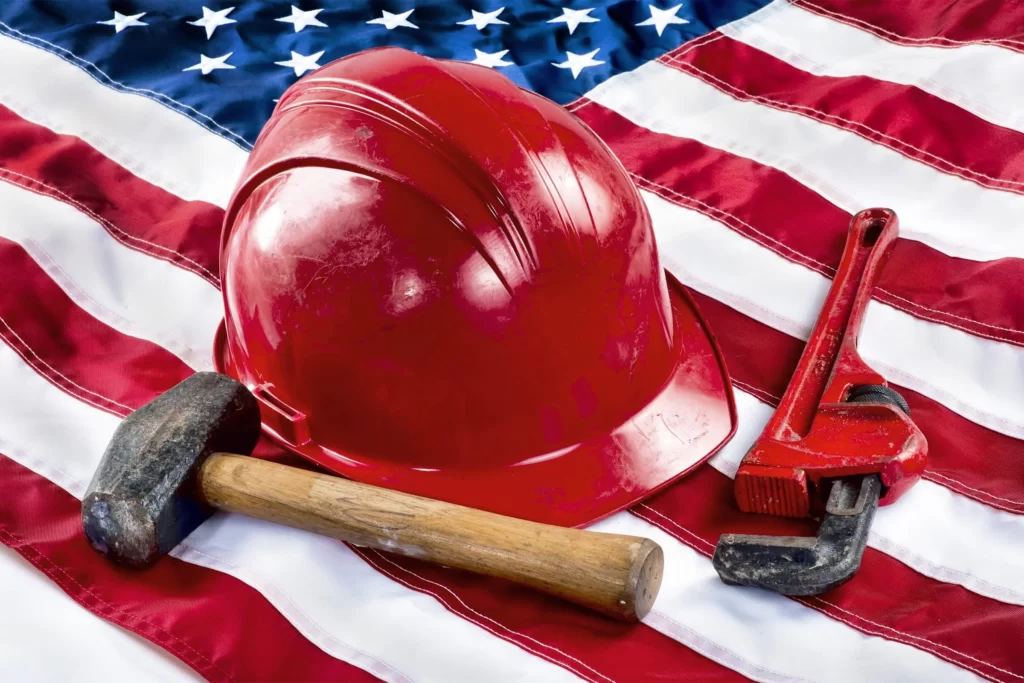
What time is Labour Day?
American Samoa, Guam, Puerto Rico, the Canal Zone, and the Virgin Islands all observe Labour Day as a legal holiday on the first Monday in September.
On the same day, Labour Day is also observed in Canada.
May Day, the first day of May, is observed as a holiday in China, Europe, and other areas of the world to honour workers and labour organisations. May Day used to be an occasion to celebrate spring and the approach of summer until it turned into a day off for workers around the world.
Labour Day Meaning
For most people, Labor Day means two things: a day off and a chance to say goodbye to the summer. But why is it called Labor Day? Labor Day is a day set aside to pay tribute to working men and women. It has been celebrated as a national holiday in the United States and Canada since 1894.
“Labor Day differs in every essential way from the other holidays of the year in any country,” said Samuel Gompers, founder and longtime president of the American Federation of Labor. “All other holidays are in a more or less degree connected with conflicts and battles of man’s prowess over man, of strife and discord for greed and power, of glories achieved by one nation over another. Labor Day…is devoted to no man, living or dead, to no sect, race, or nation.”
Who first observed Labour Day?
Like other cultural events, its beginnings are still a little ambiguous. A day to honour working men and women was initially proposed, according to some records, by Peter J. McGuire, general secretary of the Brotherhood of Carpenters and Joiners and a co-founder of the American Federation of Labour. But many think that the holiday was actually started by a machinist named Matthew Maguire, not Peter McGuire.
According to recent research, Matthew Maguire put up the idea for the holiday in 1882 while serving as the Central Labour Union’s secretary in New York. The Central Labour Union did, however, endorse the Labour Day initiative and create a committee to organise a protest and picnic, which is evident.
Initial Labour Day

According to the Central Labour Union’s plans, the inaugural Labour Day holiday was observed on Tuesday, September 5, 1882, in New York City.
The Central Labour Union pushed similar organisations in other cities to follow New York’s lead and celebrate a “workingmen’s holiday” on that day after the first Monday in September was chosen as the holiday in 1884. The concept expanded as labour organisations grew, and in 1885 Labour Day was observed in several of the nation’s industrial hubs.
Municipal ordinances adopted in 1885 and 1886 in the USA were the first to get official approval. The first state measure was presented to the New York assembly, but Oregon passed it on February 21, 1887, making it the first to become a law. The holiday honouring workers had been enacted by 23 additional states by 1894, and on June 28 of that year,
However, President Grover Cleveland didn’t propose making Labour Day a federal holiday until the tragic violence that followed the Pullman Palace Car Company workers’ strike in May 1894. He signed an act declaring the first Monday in September a legal holiday in the District of Columbia and the territories on June 28th, 1894, in an effort to improve relations with the workforce.
It is customary to refrain from donning white following Labour Day. This late Victorian era fashion faux pas was made. White, according to the Emily Post Institute, signified that you were still on vacation, therefore it only made sense that when summer ended, people stopped wearing white.
